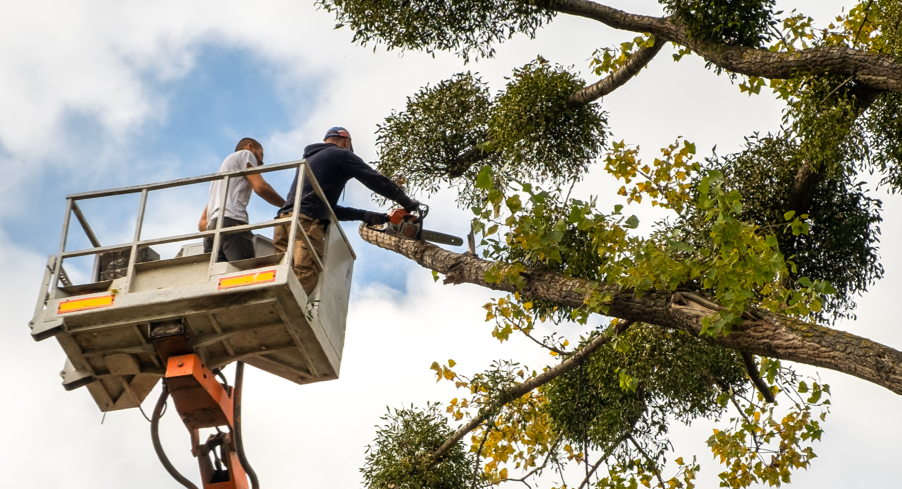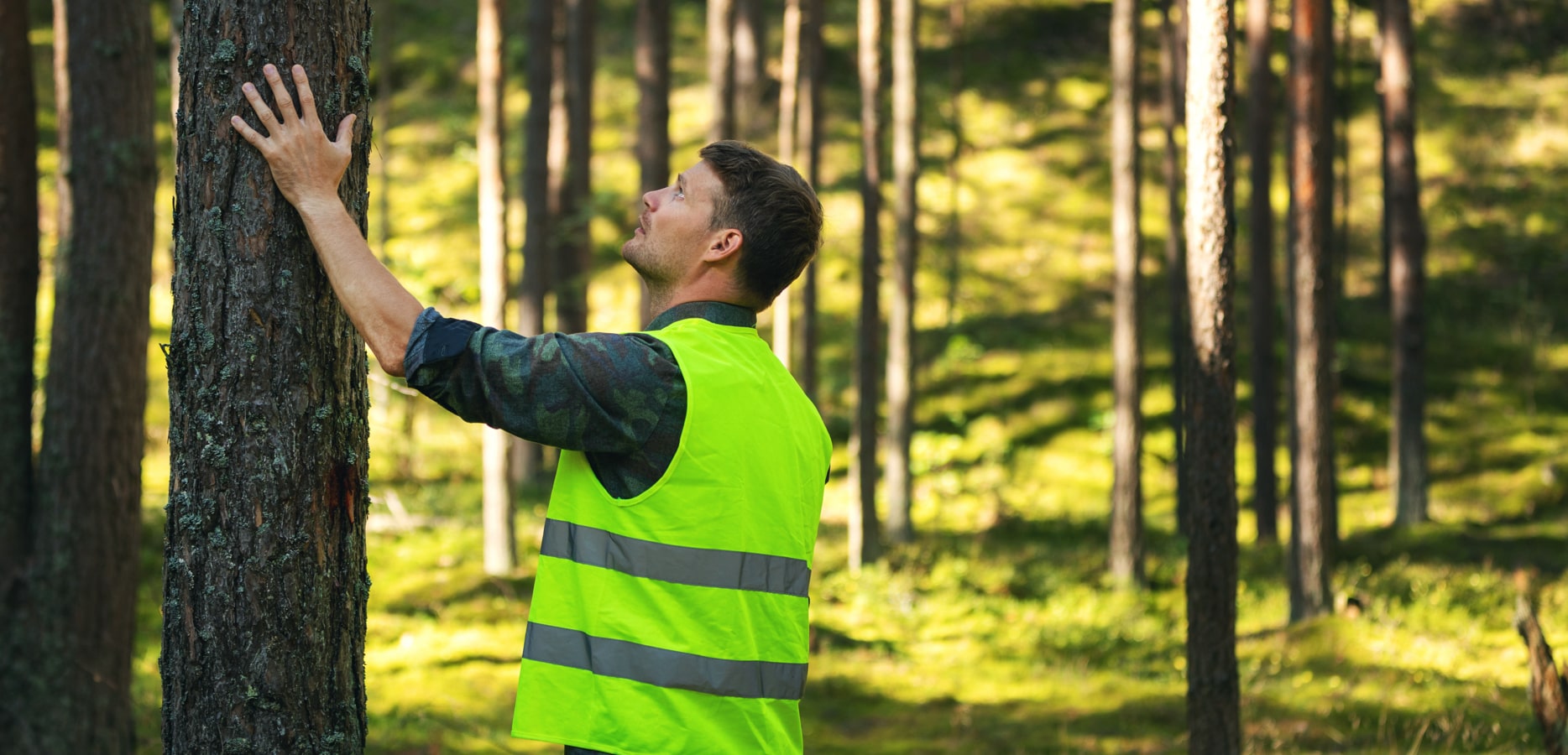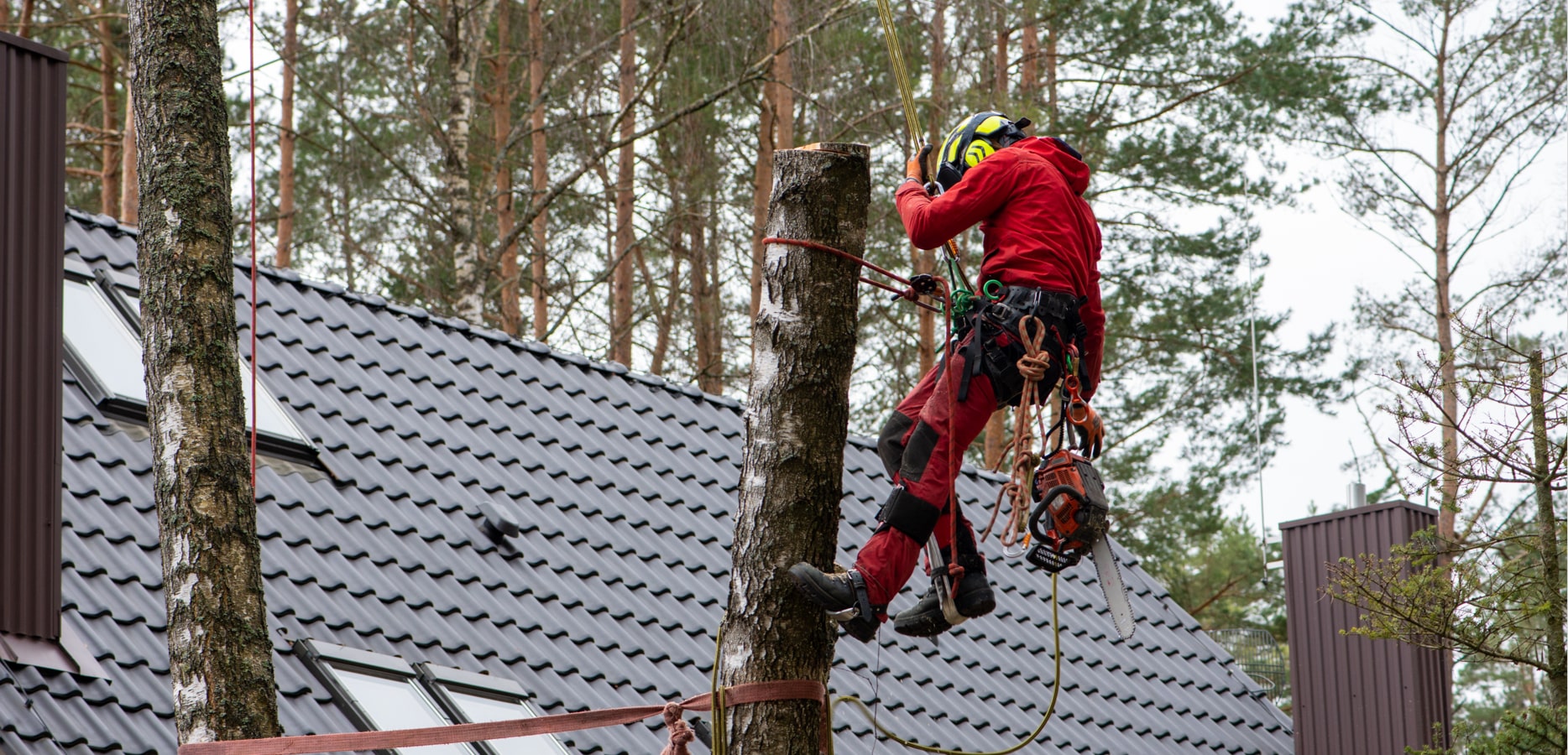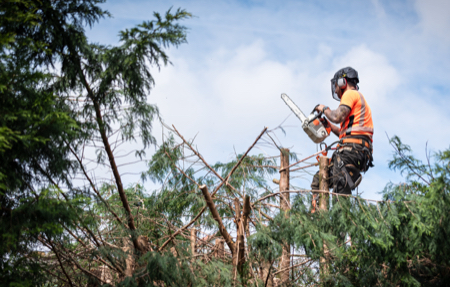Cutting down a tree can be a difficult decision to make. Trees provide us with numerous benefits like shade, clean air, and even increase the value of our property. However, there are times when trees need to be cut down due to various reasons like disease, overcrowding, or safety. In this comprehensive guide, we will discuss everything you need to know about cutting trees down safely and responsibly. From assessing the tree and its surroundings to choosing the right cutting method, we've got you covered.
When is it Necessary to Cut Trees Down?
Before you make the decision to cut a tree down, you need to assess the tree's health and its surroundings. Here are some reasons why it might be necessary to cut a tree down:
- The tree is dead or dying: If a tree is dead or dying, it could pose a risk to people or property. Dead trees can fall over unexpectedly and cause damage, and they can also attract pests like termites and carpenter ants.
- The tree is diseased: A tree that is diseased can spread the disease to other nearby trees. Cutting the tree down can prevent the disease from spreading.
- The tree is overcrowded: If there are too many trees in a small area, they can compete for resources like sunlight and nutrients. Cutting down some of the trees can help the remaining trees grow stronger and healthier.
- The tree is blocking a view: If a tree is blocking a scenic view, cutting it down can help you enjoy the view.
Safety Precautions When Cutting Trees Down
Cutting down a tree can be dangerous if not done properly. Here are some safety precautions you should take before cutting a tree down:
- Wear protective gear: You should wear a hard hat, eye protection, gloves, and steel-toed boots to protect yourself from falling debris.
- Ensure the area is clear of people and pets: Make sure there are no people or pets in the area where you will be cutting the tree down.
- Use the right tools and equipment: Use a chainsaw with a sharp blade, a ladder, and a rope to safely guide the tree as it falls.
- Have a plan in case of an emergency: In case of an emergency, make sure you have a phone nearby to call for help.
How to Cut Trees Down Safely and Responsibly
Cutting down a tree safely and responsibly requires careful planning and execution. Here are the steps you should follow:
Step 1: Assess the tree and its surroundings
- Look for any obstacles like power lines or buildings that could be damaged if the tree falls in the wrong direction.
- Determine the direction that the tree should fall in.
- Determine the escape route in case the tree falls in the wrong direction.
Step 2: Choose the right cutting method
- There are different cutting methods depending on the tree's size and location. The two most common methods are the notch-and-fall method and the hinge-cut method.
Step 3: Make the first cut
- Make a horizontal cut on the side of the tree where you want it to fall.
- Cut one-third of the way through the tree.
Step 4: Make the back cut
- Make a horizontal cut on the opposite side of the tree.
- Cut until you reach the first cut you made, creating a notch in the tree.
Step 5: Complete the fall
- Use a felling wedge or a pry bar to open the cut and guide the tree as it falls in the direction you want it to go.
- Move away quickly and safely from the tree as it falls.
Step 6: Remove the branches and trunk
- Cut the branches off the trunk, starting from the bottom and working your way up.
- Cut th trunk into manageable pieces and remove them from the area.
What to Do After Cutting a Tree Down
After cutting a tree down, there are a few things you can do with the wood and the stump:
- Use the wood for firewood, lumber, or wood chips.
- Grind the stump down or have it removed by a professional tree service.
- Use the area for a garden or new landscaping.
Cutting trees down is a serious decision that requires careful planning and execution. By following the safety precautions and steps outlined in this guide, you can ensure that you cut the tree down safely and responsibly. Remember to assess the tree's health and surroundings before making the decision to cut it down, and consider the options for using the wood and the stump after the tree has been cut down. By taking these steps, you can enjoy the benefits of a safe and healthy property.




